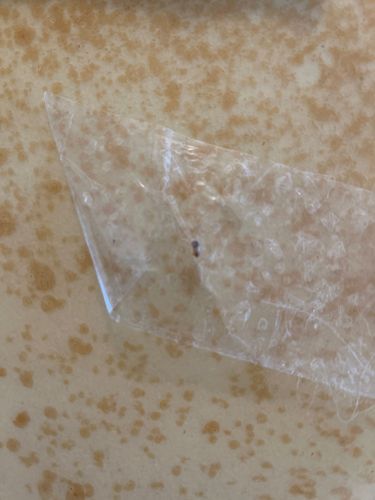Booklouse
Scientific Name: Psocoptera (various species)
Order & Family: Psocoptera
Size: Typically 1-2 mm in length, often appearing as tiny, dust-like specks.

Natural Habitat
Damp, warm, and dark places such as under wallpaper, in books, food storage areas, and areas with mold growth. They are common in homes and buildings.
Diet & Feeding
Booklice feed on microscopic mold, fungi, dead insect matter, starchy materials found in books, paper, wallpaper paste, and food products like cereals and grains.
Behavior Patterns
Booklice are non-jumping insects. They are typically found in large numbers where conditions are favorable (high humidity). They are often mistaken for dust or mites due to their small size and pale color. Their presence is usually an indication of high moisture levels and mold growth.
Risks & Benefits
Booklice are generally harmless to humans and do not bite or transmit diseases. However, they can be a nuisance pest, especially when their populations grow large. They can damage books, paper, and contaminate food sources. Their presence indicates potential moisture problems leading to mold, which can be an allergen for some individuals, making them an indirect health indicator. They have no significant benefits to humans or the ecosystem.
Identified on: 9/9/2025